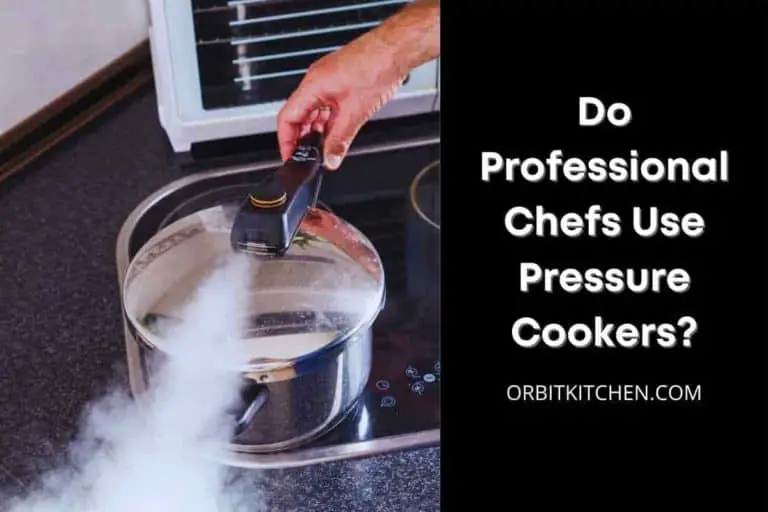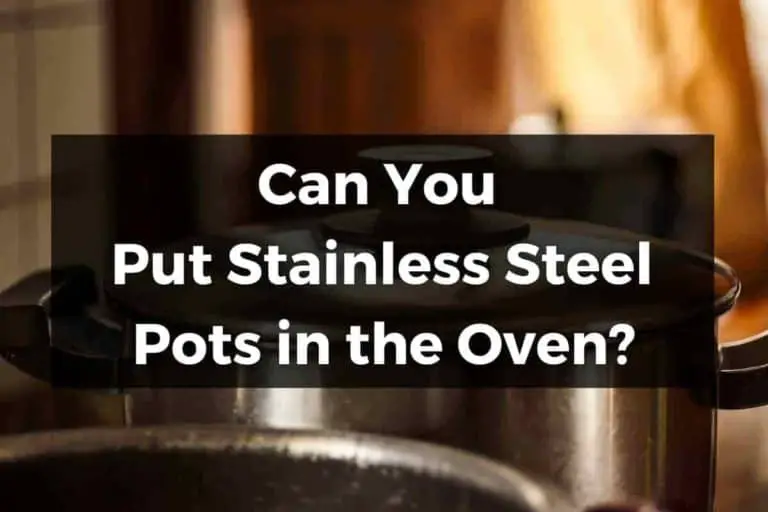Is Pan Fry Same as Deep Fry: What Is the Difference?
Frying is a common cooking technique that is being used around the globe. There are different types of frying methods, such as deep-frying, shallow frying, pan-frying, etc. However, fried food is not healthy because it has a high level of cholesterol and fat and is difficult to digest.
Both pan fry and deep fry require heating the oil at a certain temperature to cook food, but the main difference is the amount of oil needed in both kinds of frying. Deep fry needs enough oil to submerge the food, but pan fry needs a very little amount of oil just to coat the pan. However, both frying may leave an equal amount of oil on food; and in some cases, the pan fry food may have more fat than the deep-fried food.
Throughout this article, we will examine the fundamental differences between pan frying and deep frying, as well as the pros and cons of each. Further, we will discuss what foods you can deep fry and what you can shallow fry. You will also learn whether enameled cast iron is safe for deep frying or not.
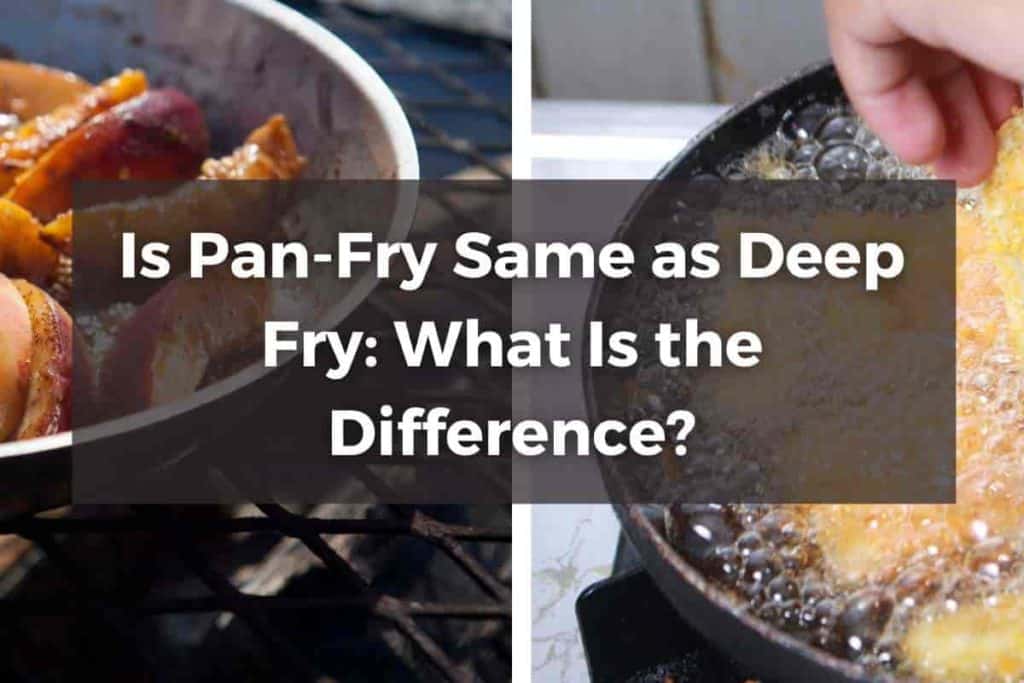
Pan Fry vs. Deep Fry
In the following table, we have explained how pan-frying is different from deep frying.
| Pan Fry | Deep Fry | |
| Amount of oil | When you cook food in a hot pan that is lightly coated with oil, it is called pan-frying. | When you cook food in oil that is deep enough for the food to float, it is called pan-frying. |
| Healthy/ Unhealthy | Pan-fry uses less oil than any other type of frying, thus making it a healthier option, while all types of frying can be considered unhealthy. | Deep frying involves a lot of oil; therefore, it is considered a risky option for your health. |
| Intention | In pan-frying, the intention is just to sear the food and add flavor. | In deep frying, the intention is to get a moist and thoroughly cooked interior but a crisp and brown crust. |
| Moisture | Moisture can be lost to the pan in the pan-frying due to air exposure. | Food is covered in oil, so moisture loss does not happen. |
| Temperature | The oil is normally heated at around 350 degrees Fahrenheit. | Oil is heated normally to a temperature of 350 to 400 degrees Fahrenheit. |
| Utensils/ Pans | You can use a frying pan or a skillet for pan-frying. | You need a pan with high walls (deep fryer, saucepan, saute pan) for deep frying. |
| Results | Food that is not heated to the right temperature will soak up the oil and have an oily taste and unpleasant texture. | During deep frying, the moisture in the food repels oil and grease, so the food does not get greasy and unpleasant to eat. |
| Serving | It is best when you need small food servings. | It is ideal when you need to cook a large amount of food at once. |
What Foods Can You Pan Fry, And What Deep Fry?
The amount of oil has nothing to do with the food. It totally depends on your choice and recipe of what you want to make. However, we created a list in order to help you get a better idea of what you can pan fry and deep fry.
Pan Fry foods
Pan-frying can be used for a wide range of foods, such as chicken breast, pancakes, bacon, pork chops, crepes, cheesy dishes, veal, pasta, fish fillets, thin cuts, shrimp, vegetables, sausages, stir fry, pan-fried chili paneer, scrambled eggs, omelets, etc.

Check out this top-rated T-Fal Pan for pan-frying on Amazon.
Deep Fry foods
Some of the food that you can deep fry is fried chicken, french fries, onion rings, cheese sticks, spring rolls, fried mac n cheese balls, deep-fried jam, and peanut butter sandwiches, crusted fried soft boiled eggs, deep-fried cheesecake, fried avocado with chipotle cream sauce, deep-fried margaritas, deep-fried apple pies, fried ice cream, etc.

Check out this ESLITE LIFE Frying Pan for deep-frying on Amazon.
Should You Deep Fry In Enameled Cast Iron?
Enameled cast iron is perfect for deep frying because you need even heat distribution for deep frying. The enameled cast-iron Dutch oven gives proper heat distribution and retains heat longer than keeping oil temperature consistent. However, make sure your cast iron Dutch oven can stand high temperatures before frying.
Additionally, avoid using it for acidic foods such as tomato and chili sauces because these can damage the coating of cast iron, which eventually allows iron to leach into your food, causing contamination.
Check out our review of the Best Ceramic Frying Pans for our top picks.
Pros and Cons of Pan Fry and Deep Fry
Both pan fry and deep fry have their pros and cons, and we have discussed those in the table below so that you can make an informed decision on which one you want to use.
Pros and Cons of Pan Fry:
Pros
- It uses a smaller amount of oil.
- You can use any pan for pan-frying.
Cons
- It is suitable for smaller pieces of food.
- It takes more time to cook food.
- The food absorbs more oil because it remains in oil for a longer time.
- It may not cook food evenly.
- It can be risky because you can spill oil by overcrowding the pan or while flipping the food.
Pros and Cons of Deep Fry:
Pros
- It enhances the taste of the food.
- It is a faster method to cook food.
- It cooks food evenly.
- The deep fry leaves less oil on the food.
- It is more functional, favorable, and easy to use.
Cons
- It wastes a large amount of oil.
- It is unhealthy and causes a cholesterol problem.
Conclusion
To wrap it up, one can say that frying is a popular cooking technique that involves oil to cook food. The amount of oil differentiates different types of frying. Deep frying requires more oil; than pan-frying, which requires little oil. However, both cooking techniques have their advantages and disadvantages, and you can choose according to your convenience and the type of result you want.

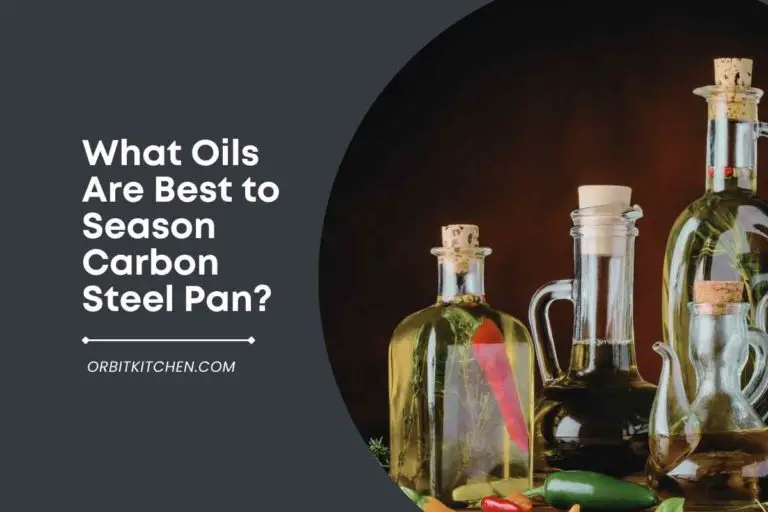
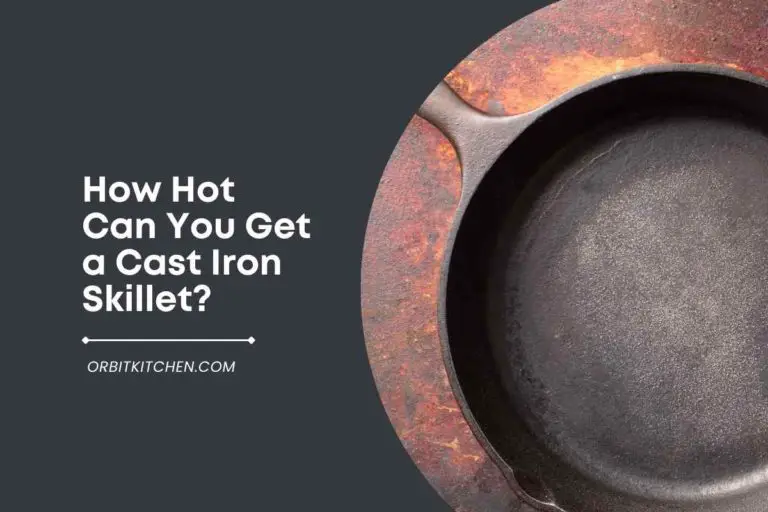
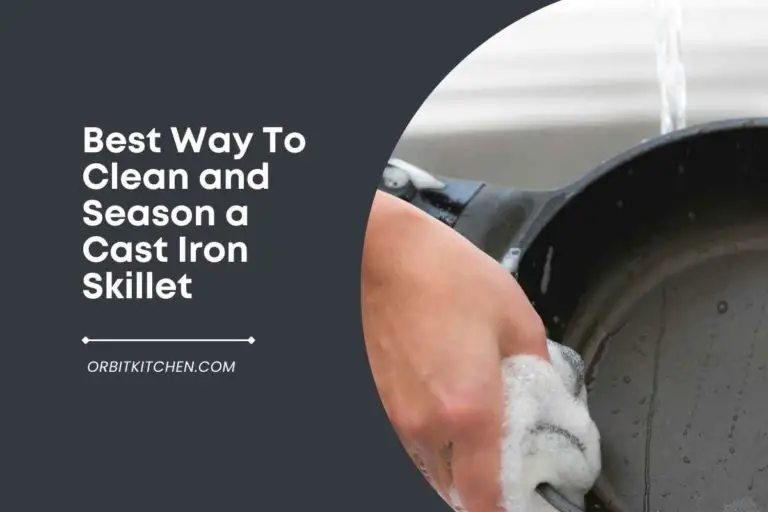
![Can You Boil Water in Ceramic Pots? [A Detailed Answer]](https://orbitkitchen.com/wp-content/uploads/2022/03/Can-You-Boil-Water-in-Ceramic-Pots-768x512.jpg)
